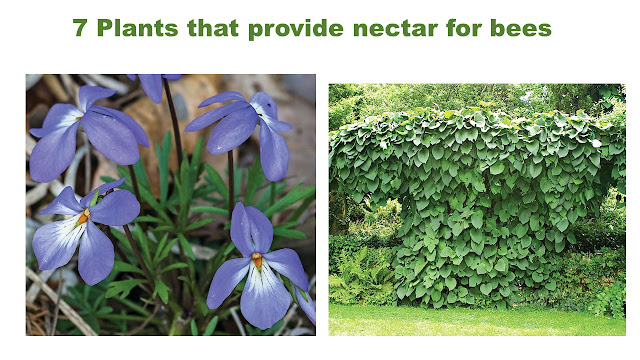Important Host Plants for Pollinators
Many plants that provide nectar for bees, butterflies, and other beneficial insects require individual host plants to develop from larva to adult. While many plants provide nectar for bees, butterflies, and other beneficial insects, some pollinators require individual host plants to develop from their larva to adult stage. Since few experiments have examined the effectiveness of cultivars as host plants, native species are generally preferred.
1. Milkweed
Known for their relationship with monarch butterflies, a variety of species can serve as adequate larval host plants for this poster butterfly from the National Habitat Conservation Initiative. Be careful to select plants that are native to your region. In particular, the non-native tropical milkweed (A. curvassica) is known to pose challenges to monarchs by harboring a dangerous protozoan pathogen that causes deformed wings in developing butterflies. The parasite is said to be a problem in areas where tropical milkweed does not die back in the winter cold. There are reportedly several milkweed species in nearly every county in the United States, and milkweeds are also found in Canadian provinces and states of Mexico. As host plants, they fuel the great migration each winter to the Sierra Madre Oyamel fir forests of Mexico and the Monterey pine, Monterey cypress, and eucalyptus groves of California.
2. Willow
There is no garden plant more useful to wildlife than the humble but mighty willow. According to my entomologist guide Doug Tallamy, willows support the third highest diversity of lepidopteran caterpillars of any plant, with at least 455 species using them as a host plant. Additionally, willows provide nectar-rich flowers that are prized by bees and other wildlife.
3. Pipevine
Many butterfly species have developed a special relationship with pipevine plants, relying solely on them as host plants to raise their caterpillars. The California pipevine swallowtail uses A. californica, while the Dutchman’s pipevine (A. macrophylla) serves as a larval host for the pipevine swallowtail. The leaves of pipevines contain toxins that, when consumed by the caterpillars, make them unpalatable to predators. Be careful to select pipevines that are native to your area, as problems have been reported with butterflies that include non-native tropical pipevines.
4. Pawpaw
The native range of zebra swallowtail butterflies overlaps with the native range of pawpaws, from Florida to southern Ontario to the eastern edge of the Great Plains. This is because their caterpillars feed only on young pawpaw leaves, which contain acetogenins, which provide protection from predators throughout their lives.
5. Viburnum
Native viburnums are found from southern Florida to northern Maine and into the Pacific Northwest. They serve as larval host plants for many butterflies and moths, including the arrowwood (V. dentatum), black haw (V. brunifolium), and possumhaw (V. nudum). More than 100 species of Lepidoptera are known to feed on viburnum. In addition, the ripe berries are favored by native birds, with at least 35 bird species devouring them to gain energy before winter.
Other Link Click - Home Garden
6. Wild Buckwheat
Wild buckwheat thrives in arid locations from Mexico to Canada. This wide distribution is a wonderful feature, as it serves as host plants for many different butterflies, moths, and skippers. Buckwheat, which is especially favored by blue and hairstreak butterflies, can be a scene of fierce competition due to the diversity of species that use it to raise their young. Try red-flowered buckwheat (E. grande var. rubescens), gray-leaved buckwheat (E. cinereum), or California buckwheat (E. fasciculatum), as other species can be difficult to cultivate, even for experienced growers. As a bonus, wild buckwheat provides abundant, excellent nectar for native bees and wasps when in bloom.
7. Violets
Great Spangled Fritillary butterflies are a delight in the summer, and their relative abundance is due to the wide native range of their larval host plants: violets. Whether it’s the common blue violet (V. sororia), the bird’s foot violet (V. bedata), or another native variety, the butterflies are They lay their eggs near the base of the plants, which provide a ready food source for the young caterpillars. Common blue violets are ubiquitous in grasslands throughout eastern North America, so we should all start seeing them as a useful presence rather than a nuisance to dig/spray/destroy.
Other Related Post
your garden and maximize space with these clever ideas
Plants and pollinators co-exist in harmony

























0 Comments
Thanks